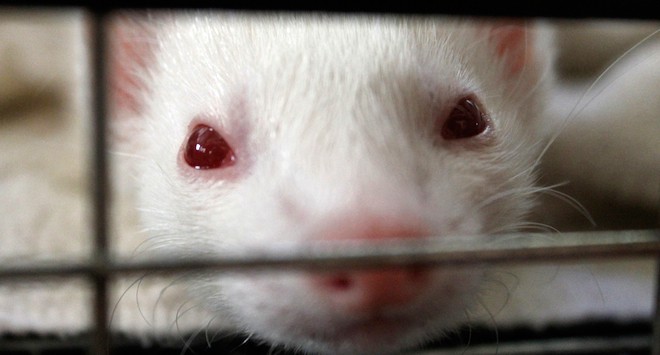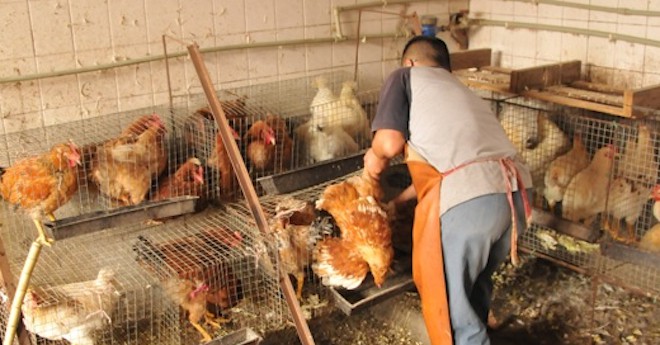
TEM image of influenza A H7N9, CDC
Leadership of the Centers for Disease Control and Prevention will appear today before the Energy and Commerce Committee of the House of Representatives, to answer questions about the lab accidents with flu and anthrax that the CDC disclosed in its press conference last week.
On deck: CDC Director Dr. Thomas Frieden; Dr. Joseph Henderson, Deputy Director of the CDC’s Office of Security and Emergency Preparedness; staff from the Government Accountability Office and the Animal and Plant Health Inspection Services of USDA; and academic experts.
Tuesday night, the witnesses’ written testimony was placed on the Committee’s webpage. Frieden’s says in part:
First, these incidents should never have happened, and the lack of adequate procedures and oversight that allowed them to happen was totally unacceptable. Although it does not appear that these incidents resulted in any illness, and there was no release of pathogens as a result of either event, this does not excuse what happened.
Second, we will take every step possible to prevent any future incident that could put our laboratory scientists, others in the CDC workforce and the broader community, or the public at risk… I am personally overseeing a series of reforms designed to address these specific incidents – but more broadly, recognizing that our challenge is larger than addressing these two specific incidents, I will oversee the careful and deliberate review of existing, and development of new safety practices at all levels of our Agency…
Third, we will explore the broader implications of these incidents and incorporate the lessons learned from them to proactively prevent future incidents at laboratories across the Nation that work with pathogens.
The two accidents, and especially the flu accident — in which a serious strain of avian flu was mistakenly sent to a poultry-research lab, instead of a mild one — have revived concerns about research currently being pursued, not at the CDC, that soups up flu strains to artificial combinations of transmissibility and virulence. The fear, which I’ve written about here and here, is that a lab accident could allow such manmade flu strains to escape.
In advance of the hearing, a group of scientists who have been critical of the lab-enhanced flu work (generally called “gain of function” or “dual use” research) have banded together as the Cambridge Working Group to put their concerns on the record. [Read more…]









